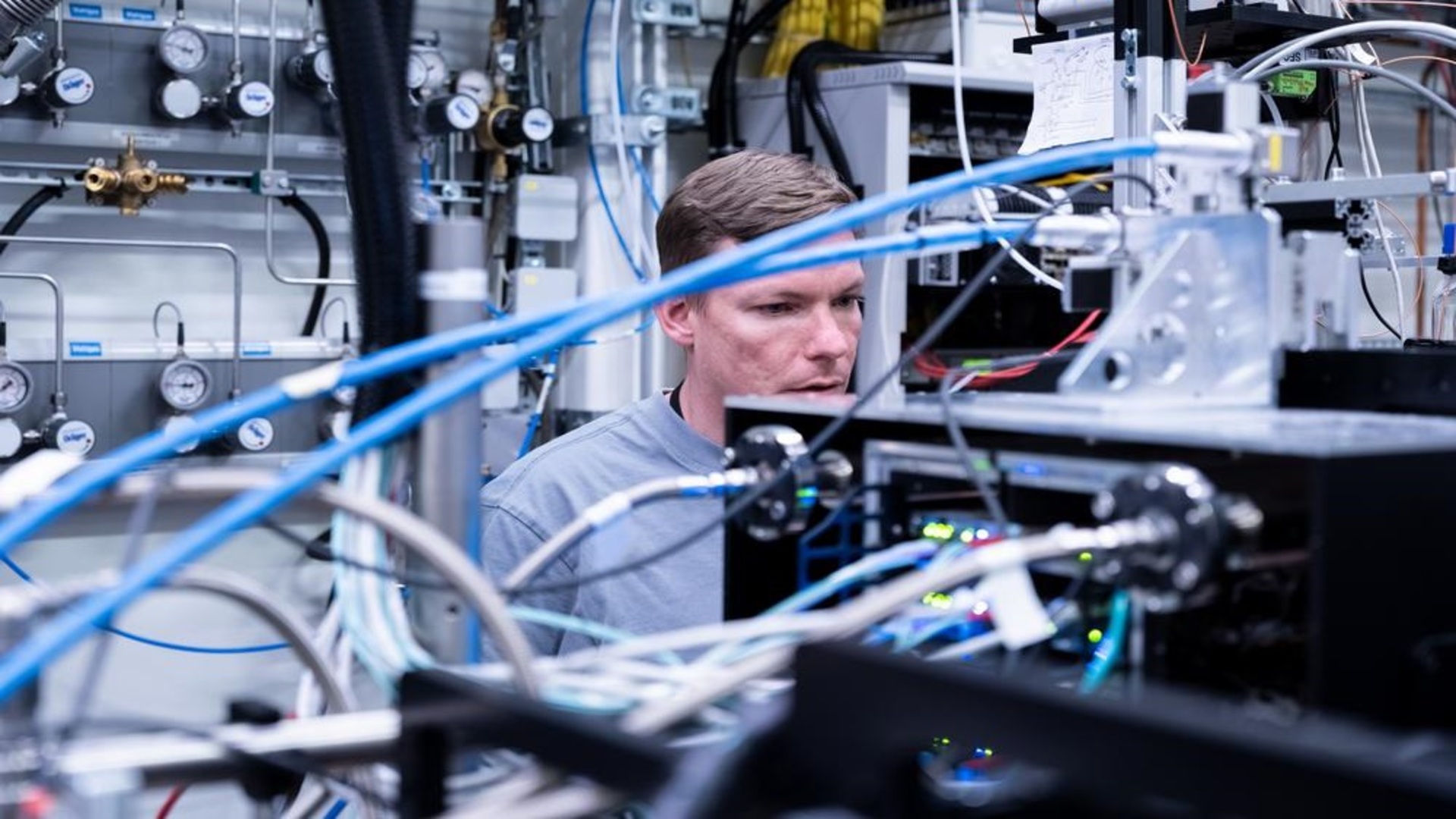Scientists at the European XFEL research facility have directly observed atomic-scale deformations inside solar cell materials using the world’s most powerful X-ray laser for the first time.
The research team, led by Johan Bielecki, PhD, a scientist at the Single Particles Biomolecules and Clusters/Serial Femtosecond Crystallography (SPB/SFX) instrument at European XFEL, marked a breakthrough for future solar tech.
They observed that these tiny deformations of atomic lattices are caused by so-called electron-hole pairs and play an important role in optoelectronics as well as in a special type of solar cells.
“With the help of extremely fast flashes from European XFEL’s X-ray laser, we were able to visualise this barely noticeable change,” Bielecki stated.
According to the team, the discovery could represent a significant step forward in developing advanced materials for next-generation solar cells and light-emitting diodes.
Catching atoms’ movement under laser light
When light hits a solar cell, the electrons become excited, allowing them to move freely through the material and generate electricity. As they move, they leave behind positively charged gaps known as holes.
These holes are also mobile, and both the electrons and holes carry electrical charge. As they travel, their motion subtly distorts the surrounding atomic lattice.
However, this deformation, which was once impossible to detect, has now been captured with the help of femtosecond-scale X-ray pulses. The images revealed how electron-hole pairs interact with the crystal lattice on ultrafast timescales.
Credit: Stacy Huang/Argonne National Laboratory
The researchers then studied a quantum dot made of cesium, lead, and bromine (CsPbBr3), measuring just millionths of a millimeter across. The quantum dot, essentially a semiconductor particle, is so small that its behavior can only be explained through quantum mechanics.
They discovered that electron-hole pairs are created when light hits the quantum dot. These then tug at the surrounding atoms, creating a ‘dent’ in the crystal lattice, producing a state known as an exciton-polaron.
New technology on the rise
According to Zhou Shen, PhD, a researcher at the Max Planck Institute for the Structure and Dynamics of Matter and lead author of the study, even though the lattice deformation only affects a few atoms, it is decisive for the optical and electronic properties of the material.
“The better we understand the deformation, the better we can try to develop improved materials, for example, for more efficient displays or more powerful sensors,” Shen explained.
Bielecki added that detecting the lattice deformation required an exceptionally precise method, which the team achieved using the European XFEL in Schenefeld near Hamburg, Germany.
Reportedly, the world’s largest X-ray laser emits ultra-short, high-intensity flashes that allow images to be captured within femtoseconds (a quadrillionth of a second).
Dubbing the direct observation of this effect a scientific masterpiece, the team emphasized its importance for understanding how light and matter interact at the smallest scale.
They believe the data is crucial for future technologies, including ultra-sensitive light detectors and advanced displays, and components for quantum computers.
“What we show here is a first step towards specifically controlling such effects,” Shen concluded in a press release. “This could enable us to develop even more powerful and energy-saving optoelectronic components in the future.”
The study has been published in the journal ACS Nano.
